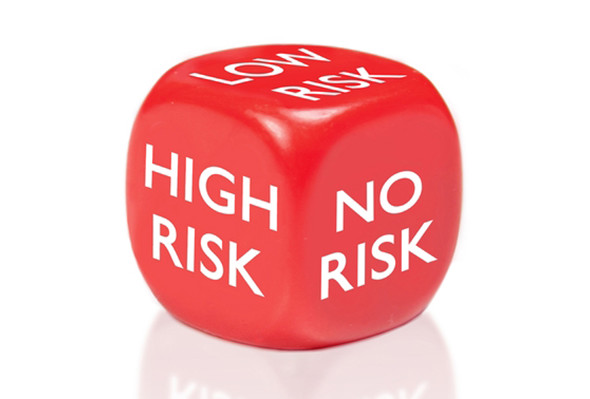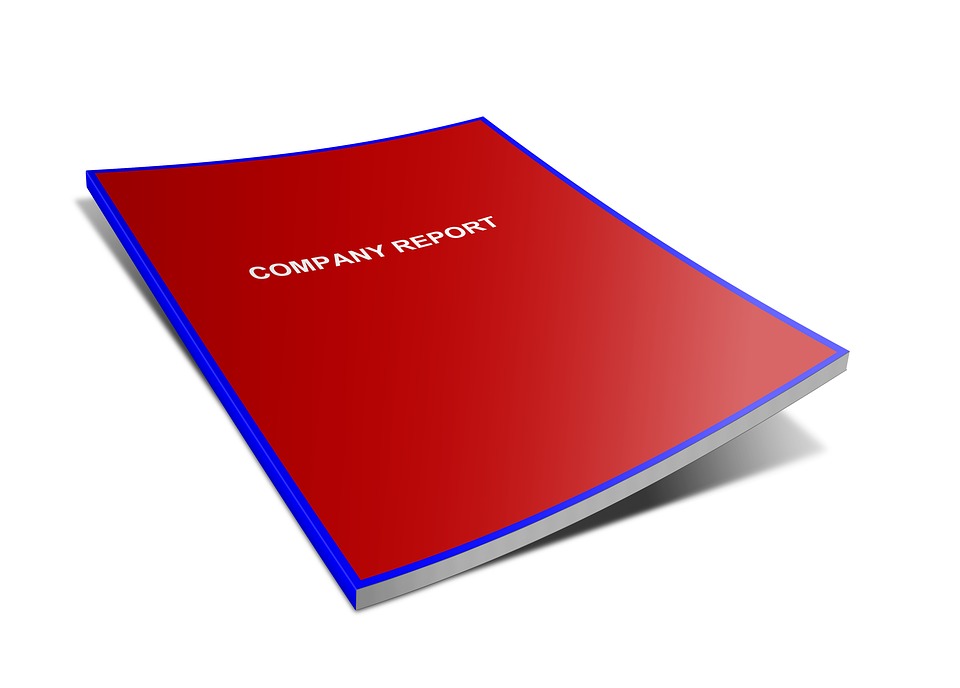Workplace Risk Assessment: What's the Risk?

Each employer is responsible for identifying and mitigating hazards within a company. We will define occupational risks, explain how best to identify and prioritize elements of risks and present guidelines to prevent accidents.
“Occupational risk is [defined as the] expected frequency of occurrence of occupational diseases and work-related injuries or death, that are consequential to the exposure to different hazardous events or substances, and physical, chemical or biological factors of the working environment.” ( Stikova, et. al. ) In short, it is the chance of workplace injury due to the surrounding environment such as equipment, space, sanitation, over-production, etc. Every workplace has risky situations that fall on a spectrum ranging from minor to fatal, and it’s importance to assess those risks correctly.

According to the Bureau of Labor Statistics , there were 4,821 workplace fatalities in the United States during 2014, that indicates which situations provide the highest risk. The top causes of the worst accidents (fatalities) are:
- Transportation incidents (1,984)
- Slips, trips or falls (818)
- Coming into contact with objects or equipment (715)
OSHA puts a spotlight on accident prevention by conducting “Awareness Weeks", focusing on a workplace hazard, such as falls. Most workplace incidents are prevented when employees are aware of dangers and proper precautions are taken. A comprehensive risk assessments should be performed regularly to evaluate and re-evaluate all potential hazards in the work environment, to eliminate injuries and to ensure compliance with state and federal safety regulations.
Performing the Risk Assessment
Begin with an Action Plan. According to Methods and Tools in Public Health , an Action plan is created by the employer and should include the following:
- Organization and coordination of the risk assessment.
- Appointment of competent persons that will work on the risk assessment.
- Appointment of representatives of the workers that will be involved in the risk assessment process.
- Defining the flow of information and conditions under which the necessary data will be used (confidentiality).
- Defining the monitoring of the preventive and/or corrective measures and undertaking responsibility for their implementation by signing a written act.
- Informing employees about the identified conditions during the risk assessment and the preventive and corrective measures undertaken.
Identifying Risks in your workplace
Once the employer appoints people to lead and monitor, the Risk Assessment can be performed. The appointed person(s) will identify as many workplace hazards as possible and prioritize them in order of importance. Start with a general checklist of possible hazards ( such as this one ) and customize it to fit your specific industry.
A Risk Assessment
should start by identifying potential problems and then asking three key
questions:

- 1.How Bad? (If a worker is exposed to this danger, how bad would the most severe injury be? )
- 2.How Often? (What is the frequency of exposure to this hazard? )
- 3.How Likely? (You cannot predict the future, so the question is not, will an object fall unexpectedly? but rather, when it falls, how likely is it that the worker will be injured?
The answers to these three questions are combined to prioritize problems and ensure that severe risk situations are rectified first.
OSHA released an important Instructional Document (PPT) which guides a Risk Assessor how to prioritize potentially hazardous situations. First and foremost, it emphasizes that severe hazards must be fixed immediately. “If you identify a health and safety hazard that [is] certain or probable to cause major or fatal injuries, you should consider this to be an imminent danger and take immediate action. Some examples [are] improper confined space entry, malfunctioning or by-passed safety components; or improperly locked out machinery. Imminent danger situations are the only exception to the “ Work Now, Grieve Later ” rule. Imminent Danger situations must be corrected immediately.”
Once an imminent danger is no longer a threat, you can proceed with your assessment. Depending on your occupation, risks can be obvious or subtle. A good starting point is to assess the daily duties for each employee, the machinery or tools they use and the chance of an injury occurring. A simple and clear way to assess conditions is to make a chart stating the task to perform, the necessary tools and the risks that are involved:


It may be beneficial to have multiple people working on risk assessment since each person will likely spot risk factors that others missed or ignored. Interviewing employees can help as well; Ask if they have noticed anything specific while performing their duties that made them feel unsafe. After identifying all potential hazards, the following should be considered:
- How bad, how often and how likely are each element of risk?
- What is the existing legal framework regarding this hazard?
- What regulations are in place (OSHA, ANSII, etc.) to prevent any injury or illness with this type of risk?
- What are possible solutions to keep the hazards from occurring?
The final steps in completing a Risk Assessment is Risk Analysis. Review existing documentation on earlier noted hazards in addition to reports of previous illnesses or injuries. Remember that all mechanical systems fail eventually, even if it is unexpected or seems unlikely. This also needs to be mitigated as much as possible. Compile your pre-existing information with any new findings and prioritize the severity of potential hazards as minor, serious, major or fatal. If using a number system to prioritize your findings, these guidelines will be helpful:

- Minor injuries have the smallest assigned value (for example, 1).
- Serious injuries are assigned a value that is three times greater than minor injuries
- Major injuries are assigned a value that is twice as high as serious injuries.
- Fatalities are assigned a value that is 10 times the value assigned to minor injuries.
Determine the probability of potential outcomes. Then create a report documenting the results and implement a plan to mitigate the dangers. Start with the most hazardous situations, ending with minor hazards.
A Risk Assessment should be performed periodically to ensure all risks are taken into consideration in a changing work environment. State and Federal safety regulations should be reviewed for updates. Proper training for all employees on present hazards should be conducted once the report has been concluded.
To assist in employee education, safety training DVDs address many industry standards and regulations including: Lockout/Tagout, Chemical Awareness and Fire Safety .
References
http://www.bls.gov/iif/oshwc/cfoi/cftb0294.pdf
http://citeseerx.ist.psu.edu/viewdoc/download?doi=10.1.1.701.9295&rep=rep1&type=pdf#page=595
Recent Posts
-
Disinfecting Surfaces in the Era of Covid and EPA Registered Commercial Disinfectants and Viricides
The disinfection of surfaces at home, in public spaces, and in hospitals and clinics needs to be a …15th Jan 2023 -
Working with Inorganic Acids in the Laboratory: A Practical Guide
Working with Inorganic Acids in the LaboratoryAcids are of great importance in the laboratory and ar …4th Jan 2023 -
The Top 12 Drinking Water Contaminants
1.Lead- from older plumbing systems pre-1986, when lead pipes, solder, and components were banned. …14th Dec 2022
